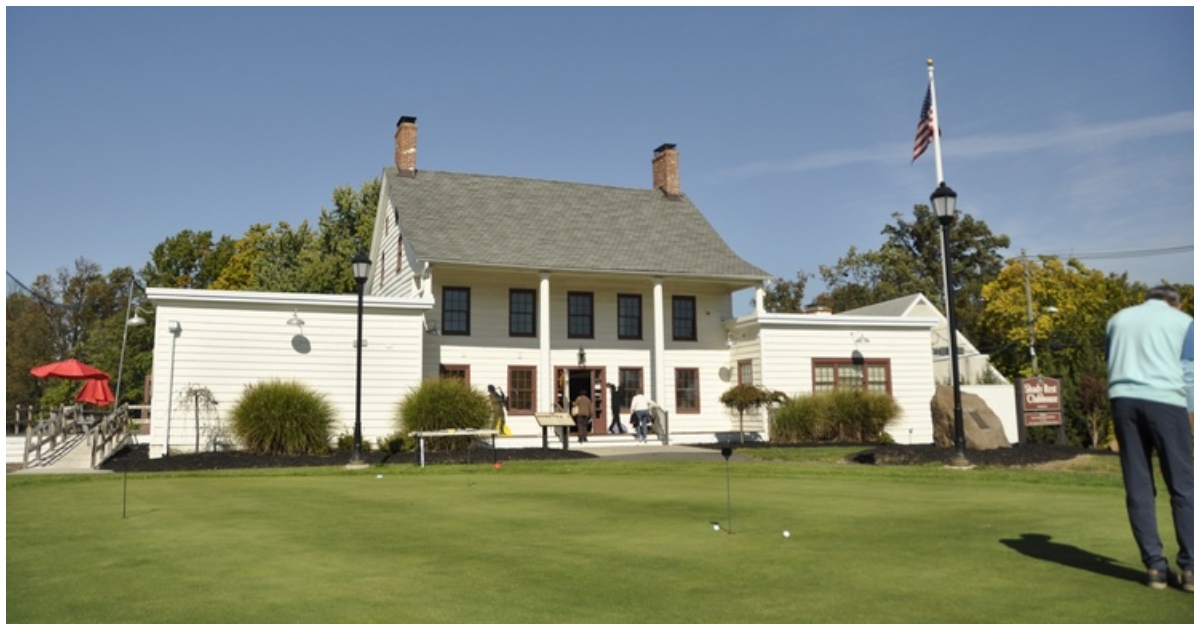Shady Rest Country Club in Scotch Plains, New Jersey, is getting a new lease on life. This historic venue, the first Black-owned country club in the United States, recently received a $75,000 grant. The funds will help restore this cultural landmark to its former glory.
A Beacon of Black Excellence in the Jim Crow Era
Established in 1921, Shady Rest offered a haven for Black Americans during segregation. The club became a hotspot for sports and entertainment. By day, golf tournaments and tennis lessons took center stage. At night, the Villa Casanova nightclub came alive with music.
Tom Donatelli, chairman of the Preserve Shady Rest committee, explains: “Segregation was at its height, and the only country clubs in the area were for whites only. So the Progressive Realty Company purchased this land, and they created Shady Rest Country Club.”
Honoring Sports Pioneers and Musical Legends
The club’s rich history is on display in its small museum. Photos of sports icons like John Shippen Jr. and Althea Gibson line the walls. Shippen was America’s first Black golf professional. Gibson made her mark in tennis.
After dark, musical greats graced the Villa Casanova stage. Cab Calloway, Louis Armstrong, and Ella Fitzgerald all performed here. “These people would play in New York, and then they would come here after their show,” Donatelli notes.
Restoration Efforts Breathe New Life into Historic Venue
Time has taken its toll on Shady Rest. The once-glittering Villa Casanova is now a dark basement. Wires hang from what’s left of the pressed tin ceiling. But hope is on the horizon.
The African American Cultural Heritage Action Fund awarded Shady Rest a $75,000 grant. Brent Leggs, the fund’s executive director, says their goal “is to elevate these undertold or lesser-known stories.”
Community Support and Future Plans
Local residents are excited about the restoration. Elizabeth Corshu, who recently visited for golf lessons, was impressed. “Anything that is such a gem as this historical site needs to be preserved, and I want to be a part of it,” she says.
The Preserve Shady Rest committee estimates the full restoration could take 5-10 years. However, they’re committed to honoring this important piece of American history. The clubhouse, now listed on the National Register of Historic Places, stands as a testament to Black resilience and achievement.





